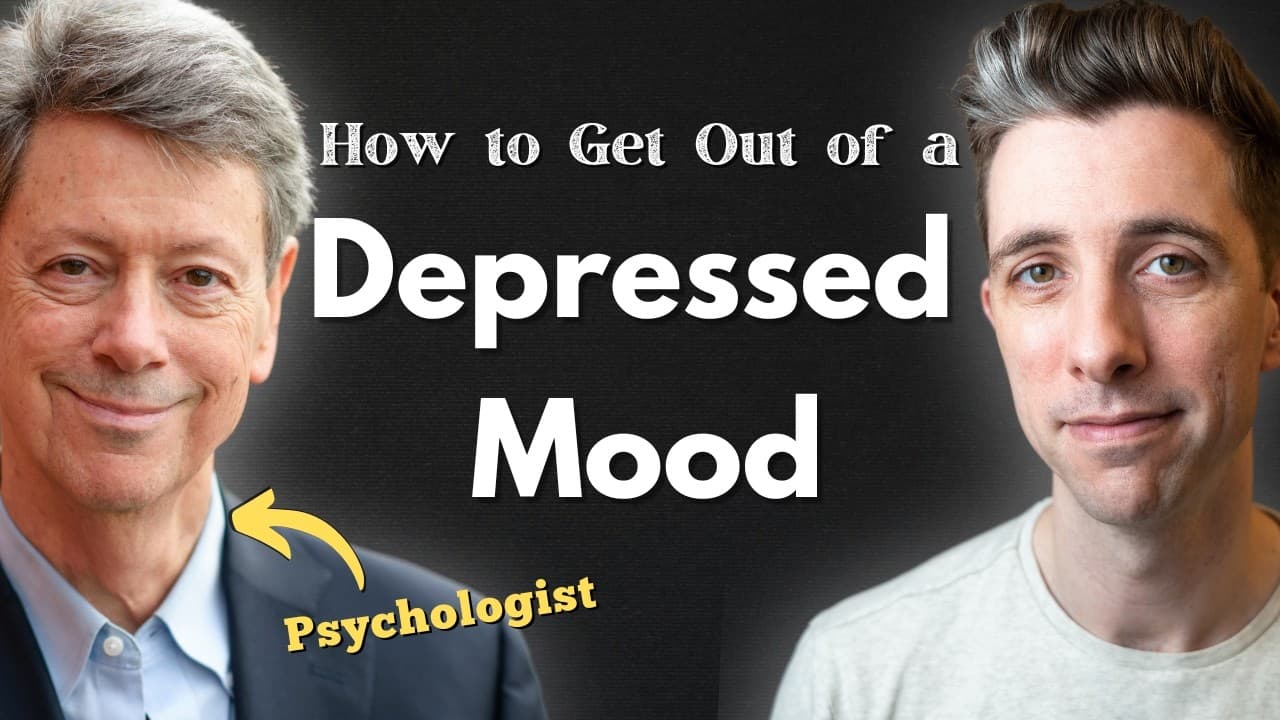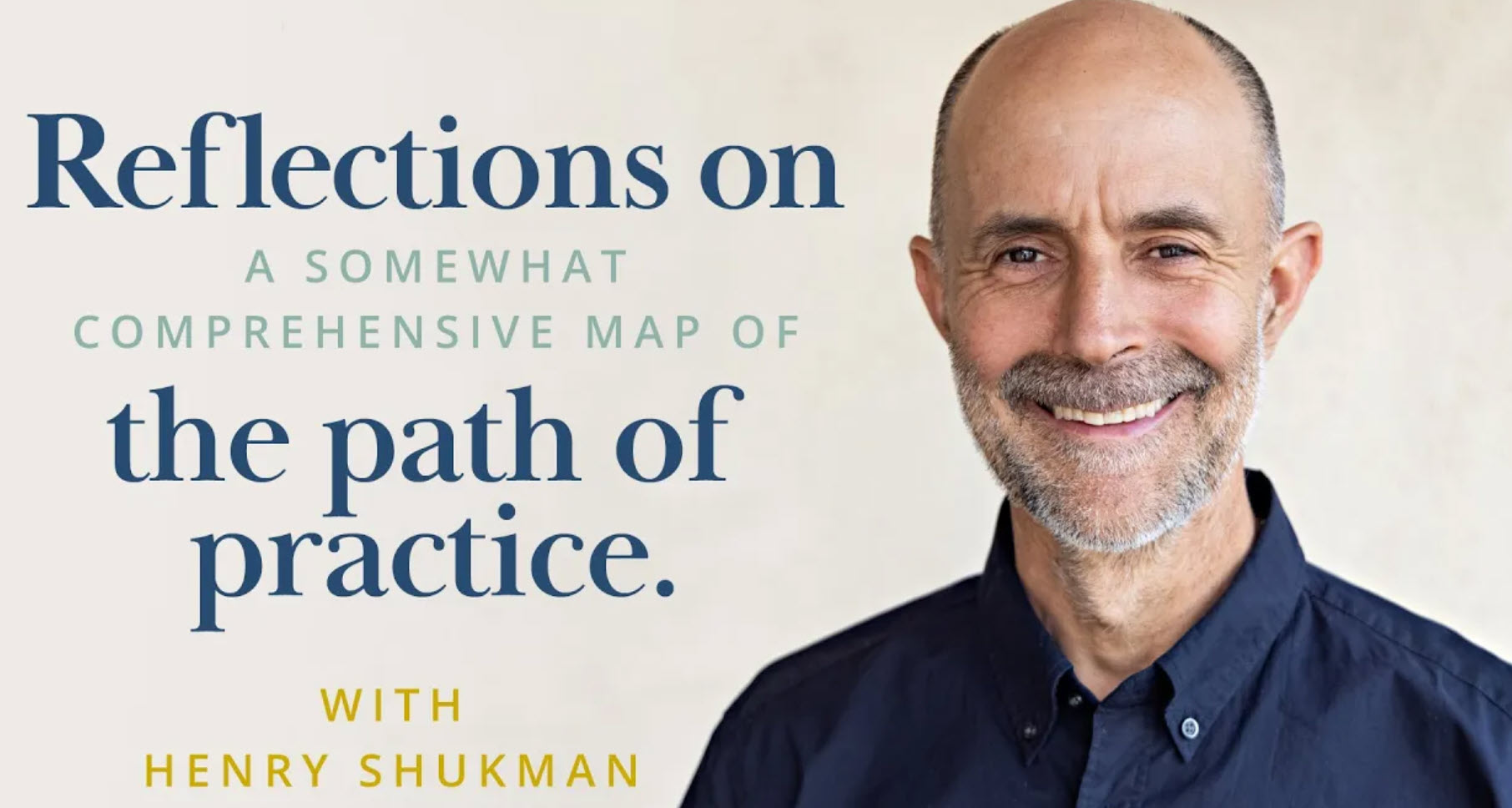In evolutionary terms, why did we become anxious?
A short reason is that it helps us to have grandchildren. Our animal ancestors who could experience a sense of alarm at a threat or the risk of losing rewards were more likely to survive. These creatures lived more often than creatures who were not as worried. The blissed-out squirrel or lizard or bird that doesn’t pick up the slither in the bushes gets eaten.
In an evolutionary framework, anxiety is adaptive. It helps us do one of the fundamental things any organism needs to do if it wants to see the sunrise: approach, avoid, or move on. That’s what anxiety is all about.
Approach means essentially to eat or mate with. Avoidance is one pole of the classic fight or flight reaction. Moving on simply means looking for something more rewarding to approach. Whether it’s an amoeba that engulfs a smaller microbe or a sponge that’s filtering sea water all day long, taking in what’s good and ejecting what’s not, or an infant tasting food she doesn’t like and spitting it out, at the most basic level anxiety serves to trigger one of these three basic responses.
How does the brain accomplish this task to know when to approach, when to avoid and when to move on?
- Label the phenomenon. This initial framing tells us that rustling in the grass is a snake and we respond accordingly. Alternatively, haven’t we all had the experience of believing there was a snake in the grass when it was just a rope? Those frightening sounds turn out to be wind benignly pushing branches against the side of the house.We label things which may not be threats as threatening based on our history. Or we amplify them as threats. Identification is shaped by personal experience.
- Apply a feeling tone, which is not emotion but the basic sensation in experience of pleasant, unpleasant or neutral. Two parts of the brain in particular, the amygdala and the hippocampus in the limbic system, are constantly and quickly labeling things as pleasant, unpleasant or neutral.
- Activate the sympathetic nervous system and a cascade of hormones of the hypothalamic – pituitary – adrenal axis. You can feel this cascade in your body within seconds, but this can stay in your body for minutes, sometimes hours.Just being emotional is stressful. You’ve probably had the experience of having an argument or thinking something bad was going to happen, then working through the argument or realizing that the bad event wasn’t going to occur, but your body was still affected, sometimes hours later.
The Big Six
There are six basic reactions to threats or frustration in pursuit of goals or desires. The big six happen in the body, and involve subtle patterns of organization. For example, if you’re in fight mode, blood will flow into your chest muscles and arms. If you’re fleeing, it’s the thigh muscles that get an increase in blood flow. These are objective phenomena that can be measured, and are:
- Fight
- Flight
- Freeze
- Appease
- Tend
- Befriend
These basic responses to threatening situations, which we share with other species, have gotten a bad rap. We tend to think of them as something to avoid or overcome, especially the first three.
However, we can mine these basic patterns of reaction for good coping skills. After all, they got us to the top of the food chain. They’re what we have learned over billions of years of evolution. How can we apply these to become more skillful dealing with things that make us fearful, anxious, worried or alarmed?
Healthy Coping Skills for the Big 6
Bring to mind one or more things that make you anxious. It may be conflict with someone you love, a difficult challenge at work or something you’d like to do that frightens you. Now, take a few minutes to think about ways to bring healthy coping skills to bear on this situation. Below you will find suggestions for each of the 6 basic reactions.
Fighting
- Speaking up and naming what is true; “speaking truth to power”
- Saying no
- Setting boundaries
- Setting conditions or ground rules for your own participation
- Arguing with anxiety-provoking beliefs inside you
Fleeing
- Leaving what is not working
- Looking elsewhere for what will support you
- Stepping back, disengaging, going to “separate corners”
- Abandoning anxious thoughts inside you
Freezing
What does it mean to freeze in response to a threat? What is served by freezing? You might think, for example, of the rabbit in the underbrush. If the rabbit freezes the hawk can’t see it. One advantage of freezing is that it buys you time for more of your resources to come forward.
- Stopping, halting, “time out,” “suspending operations”
- Observing
- Silence
- Not making a bad situation worse, not being provocative
- Buying yourself time
- Restraint (sila)
- Waiting, patience, letting things come
- Creating space for new possibilities
Appeasing
By appeasing individuals, the situation, or your own internal dynamic, you may be able to more skillfully move forward
- Acknowledging their grievances
- Taking maximum personal responsibility
- Genuine apology (for what deserves one)
- Making agreements for the future, committing to being more skillful
- Making amends for the past
- “Gracious gifts”
- Doing what you can to reduce their anxieties (which could fuel their aggression)
The skill of empathy is embedded in everything that comes under the heading of appeasement in the wholesome sense. Empathy gives us a lot of valuable information, so we benefit ourselves when we feel empathy for another. The most fundamental and valuable sense we give to another in any communication is the sense that they have been understood. Signal received. I got the message. Without this, no communication loop can be closed. Empathy is the basis for all human exchange.
Tending
Increase your coping through nurturing, healing, caring.
- Building up your own resources over time applicable to the specific issue, threat, etc.
- Building up other resources, wherever you can
- Nurturing, healing, caring for the factors in others that make you anxious (so they diminish)
Befriending
How can befriending help you to cope better? Something in particular to think about is befriending yourself, particularly those parts of yourself that feel frightened. Often we’re ashamed of these and scorn them. What happens when you befriend them?
- Accept the reality of what makes you anxious
- Make friends with what frightens you (as appropriate, to be sure)
- Recognize and be kind to the inner child/inner being of those who make you anxious
- Befriend your own inner child/inner being
- Bring a sense of humor to a difficult situation
When you reflect, when you step back and get a feeling for what it’s like to be you ask the question: Who are you when you cope with these difficulties? What are some of the internal senses of yourself, what’s activated or enlivened when you cope with things in the different ways we’ve outlined?
Resilience and capability are feelings, experiences in the body, states of being. A few hundred years from now neuroscientists will probably have a picture of the brain in a state of capability. Your task is to remember that feeling of capability so you can trigger it, or go back home to it again.
At the deepest level, below the level of all these tools, is the hand that wields the tool. It’s that sense of capability, of leaning into a situation, addressing it, mobilizing inner resources to deal with it. What’s does this feel like?
The important point is that no matter which coping skill you choose, there’s always something you can do. Even in freezing there is the powerful state of creating space. In freezing, we’re actually creating space to make room for different possibilities The feeling of learned helplessness is only a few layers deep, and we can change it. If we can hold on to the feeling of capability, we can learn to transfer this from one area of our lives to another.
Conclusion
There are many ways to deal with anxiety. There’s a limit to what we can cover in a single article, but with intention you can bring these practices into your life. For example, you could think: “For the next week or month I will make this skillful means manifest at some level in some new way in my life.” Feel the capability, confidence and faith involved in doing that. That’s all it takes. And so bow to yourself for having the insight and the courage to carry this on.
From Frank Herbert’s Dune:
I must not fear.
Fear is the mind-killer.
Fear is the little-death that brings total obliteration.
I will face my fear.
I will permit it to pass over me and through me.
And when it has gone past I will turn the inner eye to see its path.
Where the fear has gone there will be nothing.
Only I will remain.



